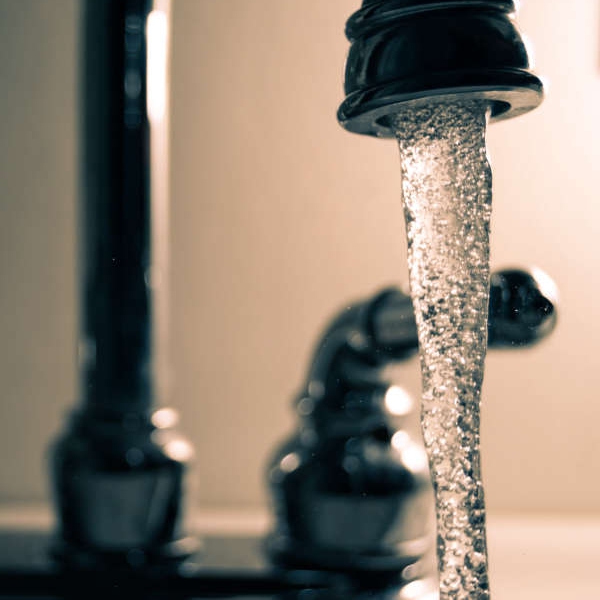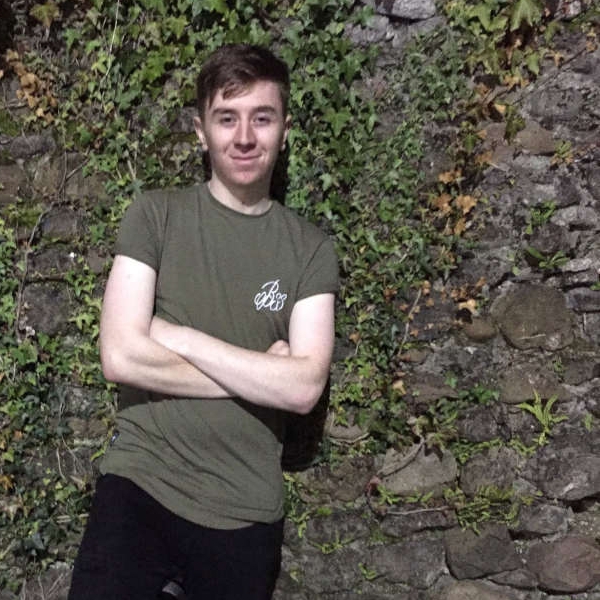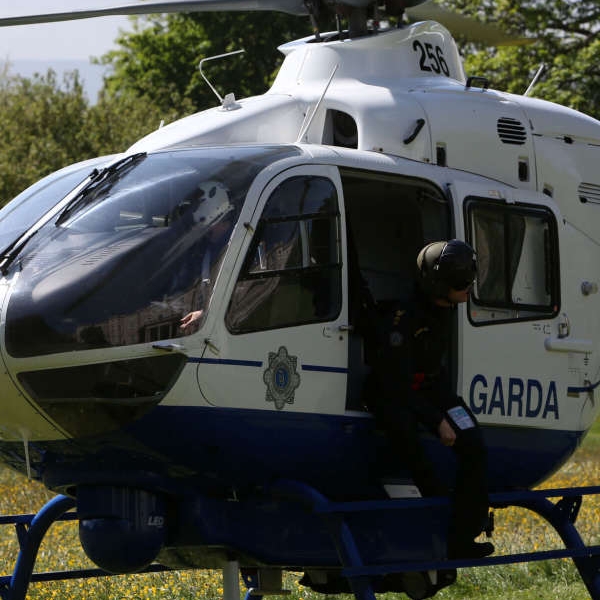
In 2023, concerns were raised over Kildare's Barrow - Poulaphouca water supply.
Over half a million people are using 'at risk' water according to the Environmental Protection Agency.
561 thousand people were served 'at risk' public water last year - an increase of 80 thousand.
The number of long-term boil water notices also rose to 46, almost doubling from 2022.
But overall the EPA says the quality of drinking water in Ireland is very high.
Uisce Eireann said most of the boil water notices imposed in 2023 were in place for less than 30 days.
It said a key project last year was the completion of a €59 million treated water reservoir at Saggart.
They said it will take sustained "high levels of investment" across a number of investment cycles to address all legacy issues.
In 2023, concerns were raised over Kildare's Barrow - Poulaphouca water supply.
According to an Uisce Eireann report, the majority of quality tests met acceptable standards.
However, there were some exceptions that sparked concern.
One of the primary concerns highlighted in the report is the presence of Trihalomethanes (THMs), with two out of six samples exceeding the prescribed limits.
THMs, a byproduct of chlorine reacting with organic matter in water, can pose serious health risks if present in elevated concentrations.
Uisce Éireann said it is taking action to remove the risk of elevated levels of THMs forming in all public water supplies.
"When our monitoring programmes detect THM levels above the allowable limit (100µg/L), Uisce Éireann notifies the EPA and consults with the Health Service Executive to ensure any potential risk to public health is fully risk assessed. To date, a ‘do not drink’ notice has not been imposed on any public water supply due to THM exceedances," a spokesperson for Uisce Eireann said.



 "Memories We’ll cherish Forever": Friends Mourn Ryan Gibbons As Murder Inquiry Begins
"Memories We’ll cherish Forever": Friends Mourn Ryan Gibbons As Murder Inquiry Begins
 DJ Carey To Be Sentenced On Monday - Barrister Pleads For Leniency Citing His "Stunning Fall From Grace"
DJ Carey To Be Sentenced On Monday - Barrister Pleads For Leniency Citing His "Stunning Fall From Grace"
 Vape Users Bulk Buying Ahead Of New Vape Tax To Come Into Effect Tomorrow
Vape Users Bulk Buying Ahead Of New Vape Tax To Come Into Effect Tomorrow
 Kildare's Homelessness Crisis Deepens Days After Tánaiste’s Meeting With Kildare Officials
Kildare's Homelessness Crisis Deepens Days After Tánaiste’s Meeting With Kildare Officials
 Garda Resources Deployed Following Prank Call In Athy
Garda Resources Deployed Following Prank Call In Athy
 Kildare Among Ireland’s Worst Counties For Illegal Fireworks Offences
Kildare Among Ireland’s Worst Counties For Illegal Fireworks Offences
 BREAKING: Young Man Dies In Hospital Following Serious Assault In Kildare Town
BREAKING: Young Man Dies In Hospital Following Serious Assault In Kildare Town


